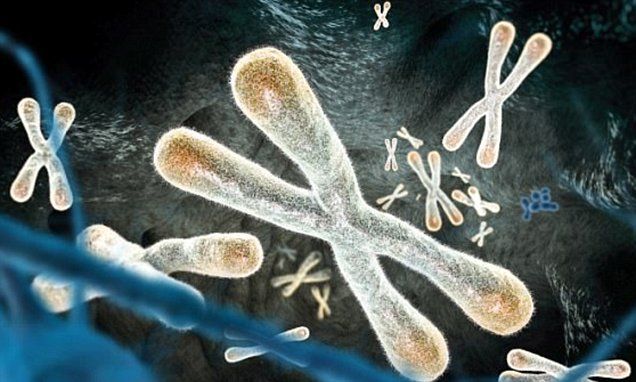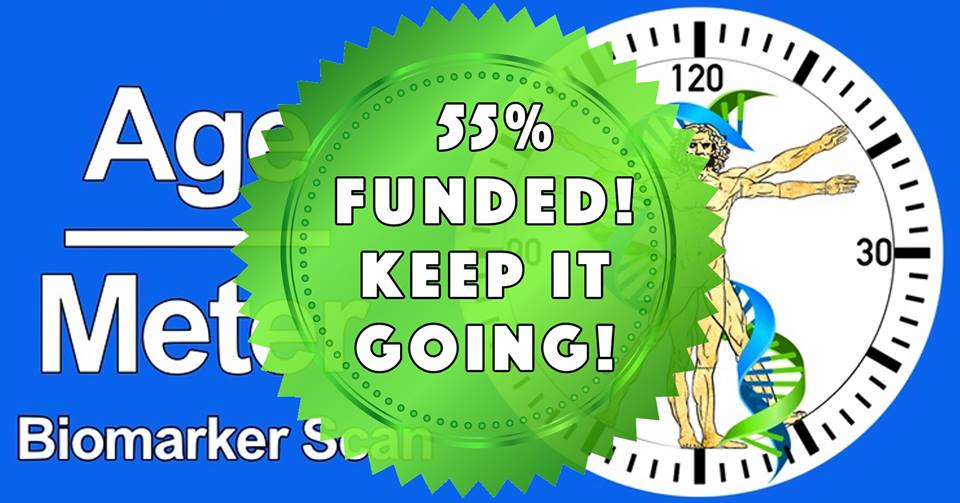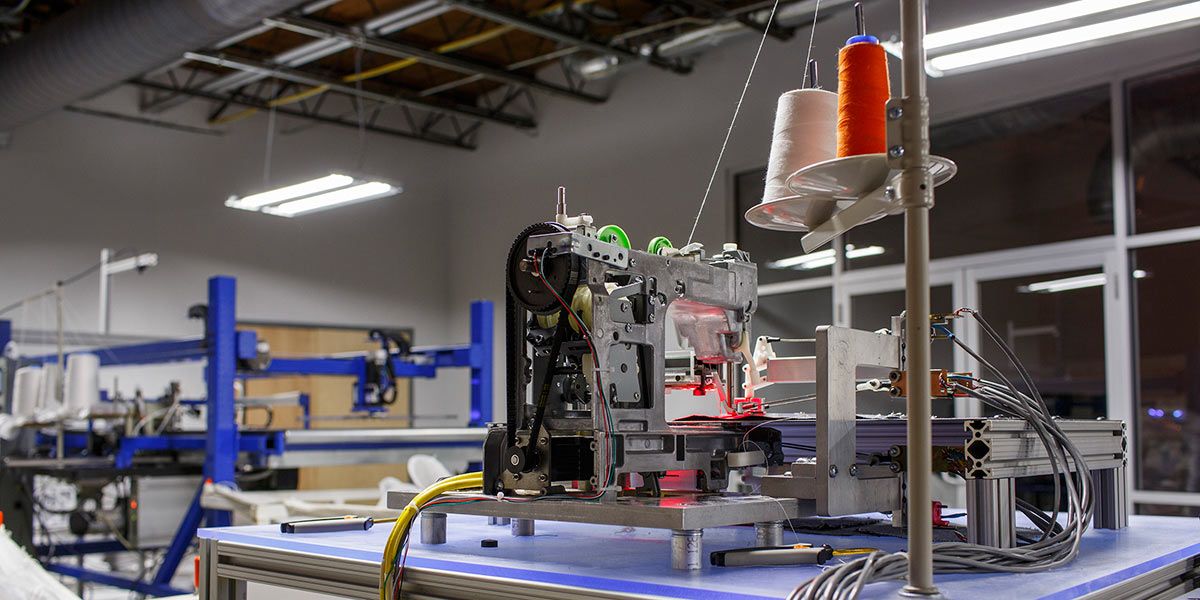There is something romantic about disregarding financial realities to push the limit of understanding. At the same time, starting a family dragged me out of this romantic bubble and forced me to think hard about what my heart really wants. I am committed to both my family and my career, and I accept the challenges. To those who are planning a similar course, I hope you will also embrace the burden, and that with all the stress and doubts comes clarity about your choices in life.
“In the end, I may be too poor to achieve my career dreams.”
I do not want to complain about my postdoc salary. My institution pays better than most in the country. The website for incoming postdocs notes that the funding is meant to be enough to support a single trainee—and, indeed, the stipend would be sufficient if I were single. The problem is that my stipend must also support my wife, who was only able to start working a few months ago because of visa issues and is now earning a part-time salary; our two daughters, born while I was a Ph.D. student; and my mother-in-law. With the stunning rents in Silicon Valley and the cost of preschool for our older daughter, we are losing money every month. Financial support from my family in China is the only reason I can afford to continue following my dream.
I have explored career options that would offer more financial security. Before I started my postdoc, I interviewed with several management consulting firms, which offered me triple or quadruple my current salary—but I could not bring myself to care about how to make a banking product profitable. Recently, several pharmaceutical companies tried to recruit me, promising to triple my salary. I cannot say I am not tempted. I understand that being a consultant or scientist in industry can be rewarding. But I stubbornly believe in the work I do and can’t imagine doing anything else. So, for now, at least, I will continue to pass up monetary gain to have the intellectual freedom that academia offers. I will only live once, and I want to achieve something extraordinary.







